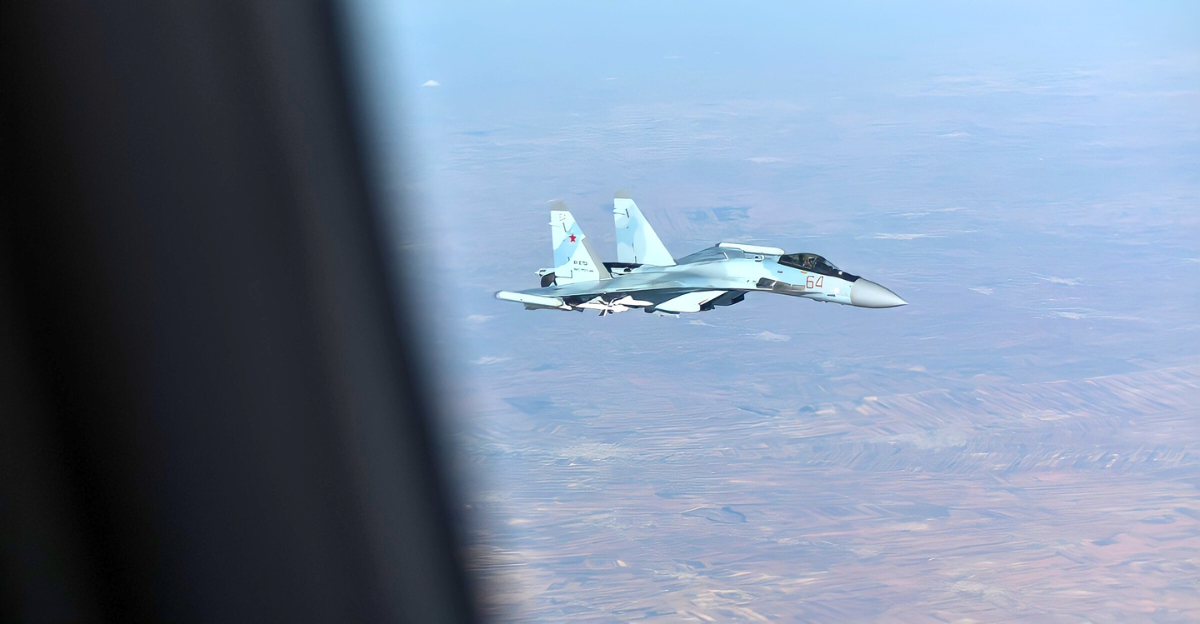
When rival birds are spotted in the air without warning, no country is happy about it, and the United States most certainly didn’t welcome it. In July 2024, the world’s attention was drawn to the skies near Alaska as nuclear-capable Chinese H-6K bombers, accompanied by Russian Tu-95MS aircraft, conducted unprecedented joint patrols in the Alaska Air Defense Identification Zone.
Many questions were raised, and a recent report has finally given people what they have asked for, stating exactly why these flights happened in the first place, or so they claim.
The Unprecedented Encounter
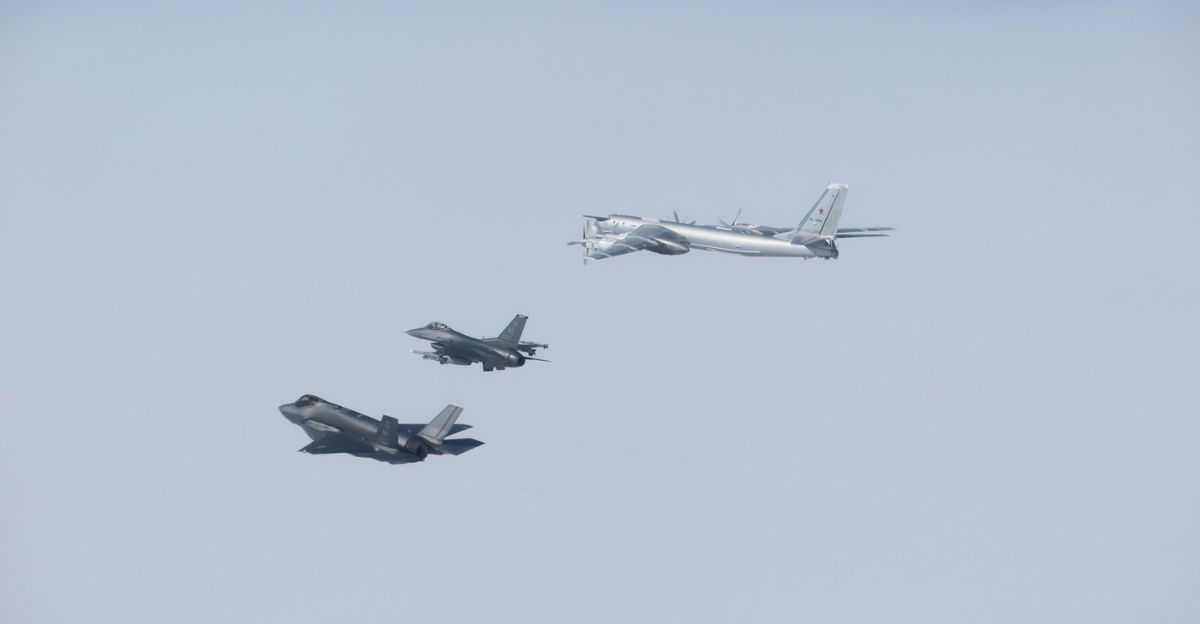
The incident took place on July 24, 2024, when two Chinese H-6 bombers joined two Russian Tu-95 bombers in a coordinated flight over the Alaska Air Defense Identification Zone. This prompted immediate interception by U.S. F-16 and F-35 fighter jets and Canadian CF-18 fighter jets. The bombers never entered American or Canadian sovereign airspace, but their presence so close to the U.S. coastline, within 200 miles, was enough to cause panic.
Russian Flights near Alaska
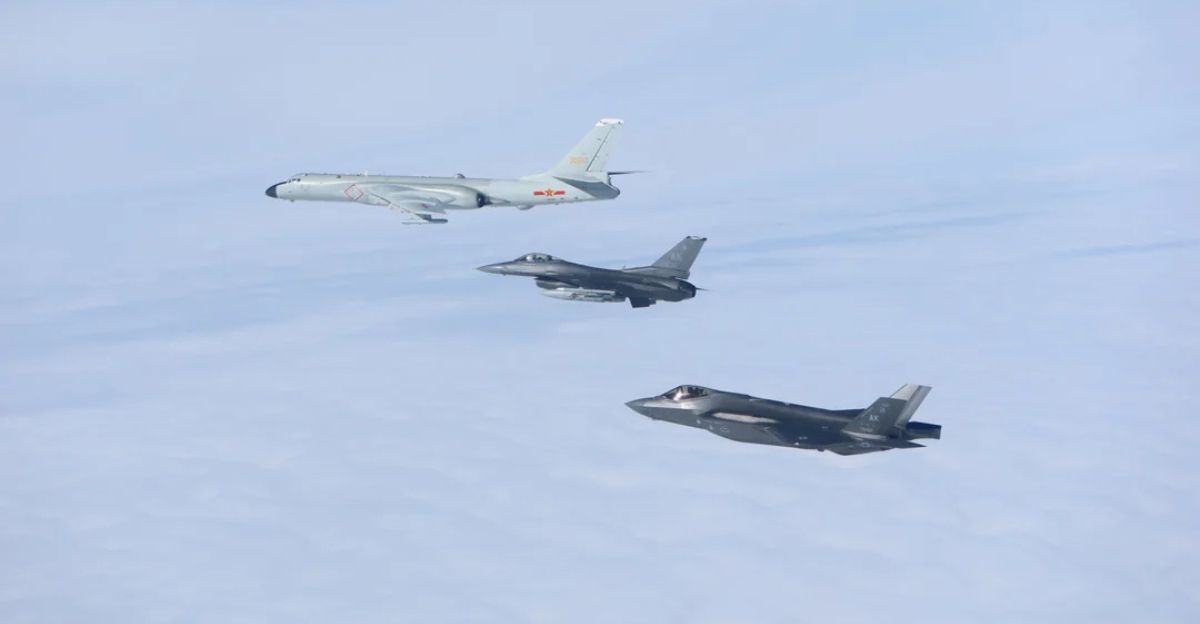
Russian flights near Alaska have been a regular feature of regional security dynamics, but the frequency and intensity saw a marked rise in 2024. Russian Tu-95MS strategic bombers and Su-35S fighter jets repeatedly entered the Alaska Air Defense Identification Zone (ADIZ), conducting patrols that often lasted 15 hours.
The aircraft consistently remained in international airspace and did not breach U.S. or Canadian territory, but their presence prompted routine monitoring and, in some cases, interception by NORAD fighters. While not considered a direct threat, U.S. officials noted that these maneuvers form part of Russia’s broader strategy to project power and test North American defenses.
Joint Patrol Details
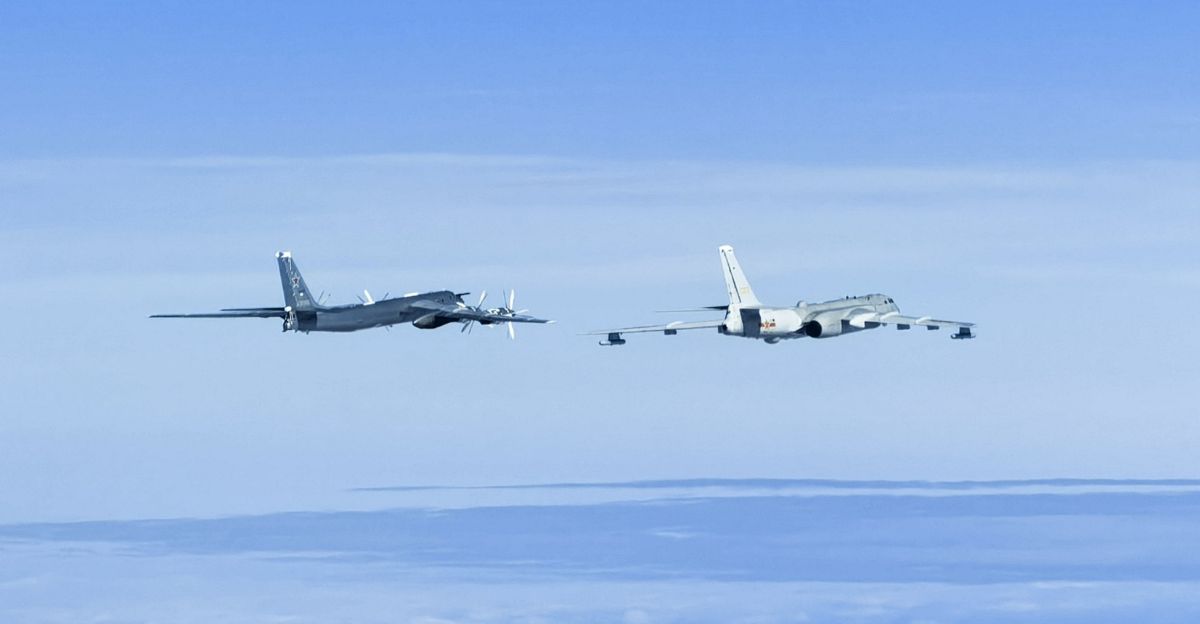
The mission involved two Chinese Xian H-6K bombers and two Russian Tu-95MS Bear bombers, nuclear-capable strategic aircraft, operating in formation over the Chukchi and Bering Seas and parts of the north Pacific Ocean. Escorted at various points by Russian fighter jets, the bombers remained exclusively in international airspace while traversing the Alaska Air Defense Identification Zone.
The five-hour patrol marked these two powers’ first deliberate joint bomber operation in the northern Pacific. “This is the first time we’ve seen these two countries fly together like that, they didn’t enter our airspace” said Defense Secretary Lloyd Austin. “They’re testing us, and that’s no surprise to any of us.”
U.S. and Canadian Response

As the joint patrol entered the Alaska Air Defense Identification Zone, U.S. Northern Command quickly dispatched F-16 and F-35 fighter jets to intercept and monitor the formation. At the same time, Canadian CF-18s joined the operation to ensure coordinated defense coverage. The intercepts were conducted in international airspace, with pilots maintaining a safe distance yet remaining close enough to confirm the identities and intentions of the bombers.
“We closely monitored these aircraft, tracked the aircraft, intercepted the aircraft, which demonstrates that … our forces are at the ready all the time, and we have very good surveillance capabilities,” said Austin.
Why Were These Flights Conducted?
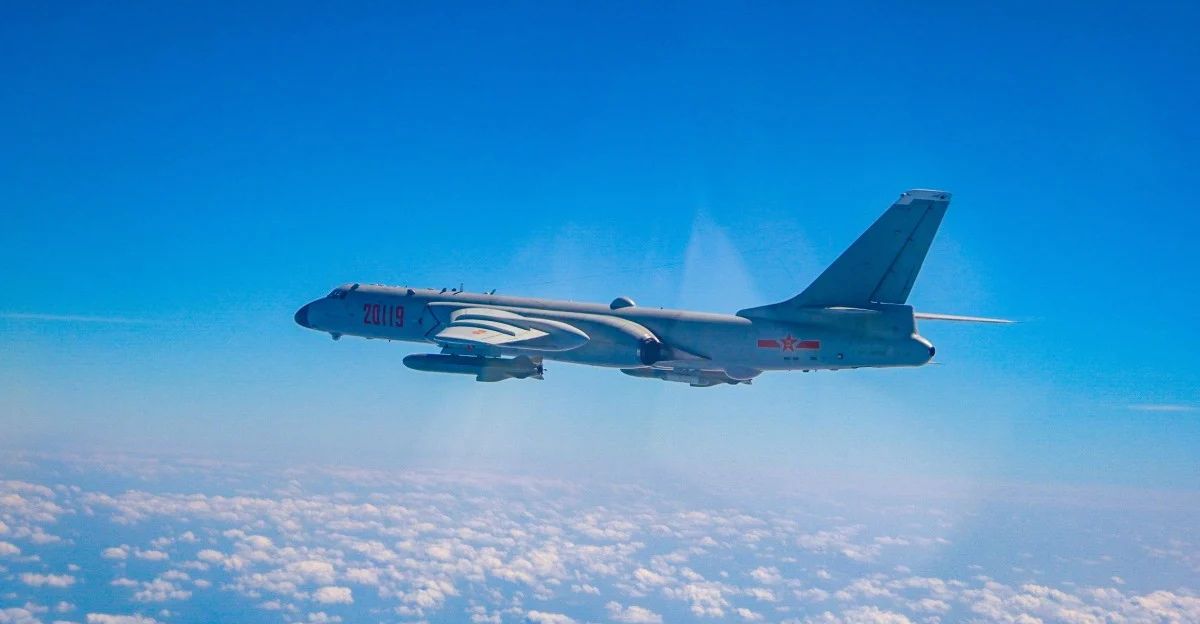
Military experts highlight that flying strategic bombers over the Alaska ADIZ provided invaluable real-world experience for aircrews in extended-range operations, complex formation flying, and multinational mission planning. The exercise tested communication protocols, interoperability, and readiness to operate in harsh northern environments.
Analysts argue that these flights were also meant to send a message about the risks of militarizing the region, signaling that Russia and China could coordinate in areas previously dominated by Western alliances.
China’s New Capability
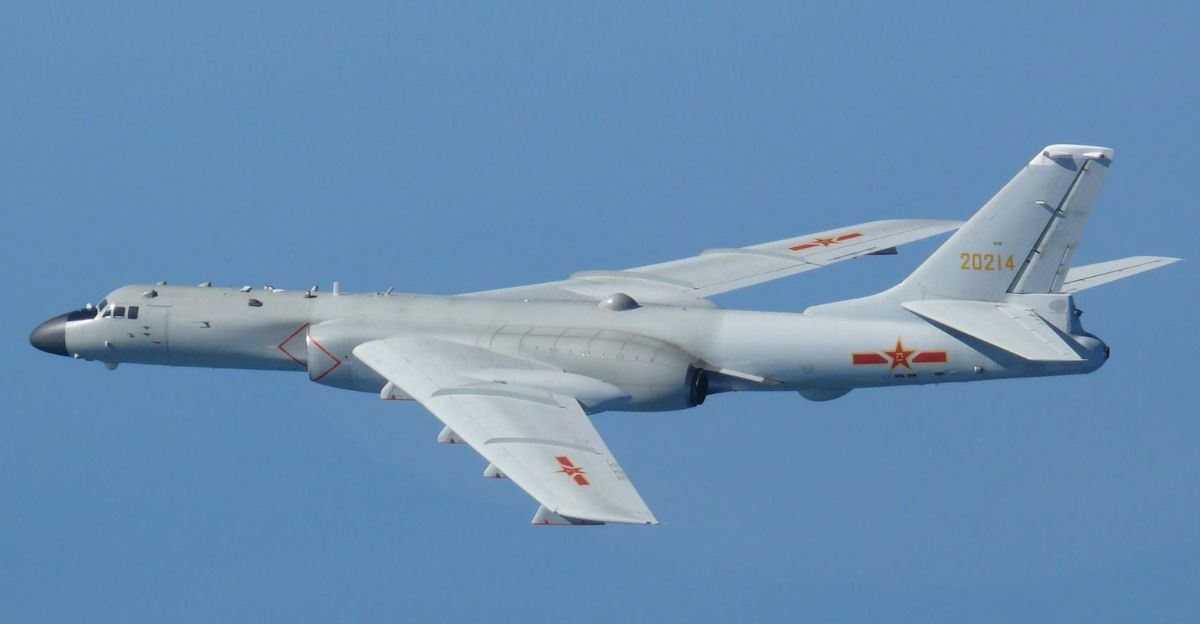
Their new toy clearly indicates that Beijing has upgraded its strategic military capabilities. Unlike its predecessors, the H-6N is specifically designed to carry nuclear weapons and features an extended range, air-to-air refueling capability, and the ability to launch air-launched ballistic missiles. This advancement has enabled China to field a true airborne leg of its nuclear triad, complementing its land-based missiles and submarine forces.
Testing U.S. Response
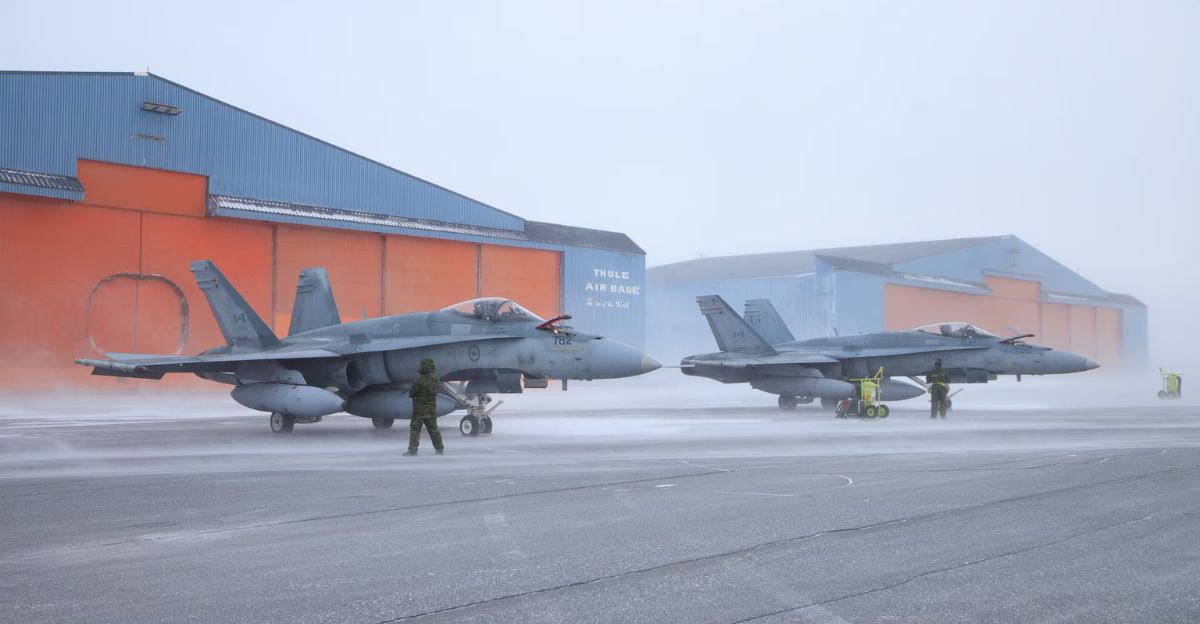
By flying close to Alaska, yet remaining just outside sovereign airspace, Russia and China put North American defense protocols to a real-world test, monitoring how quickly NORAD could scramble jets and how well allied air forces would coordinate their intercept procedures. Experts believe these flights provided valuable intelligence on U.S. early warning systems, readiness levels, and command decision-making when confronted with a high-profile intrusion.
Training for Real-World Scenarios
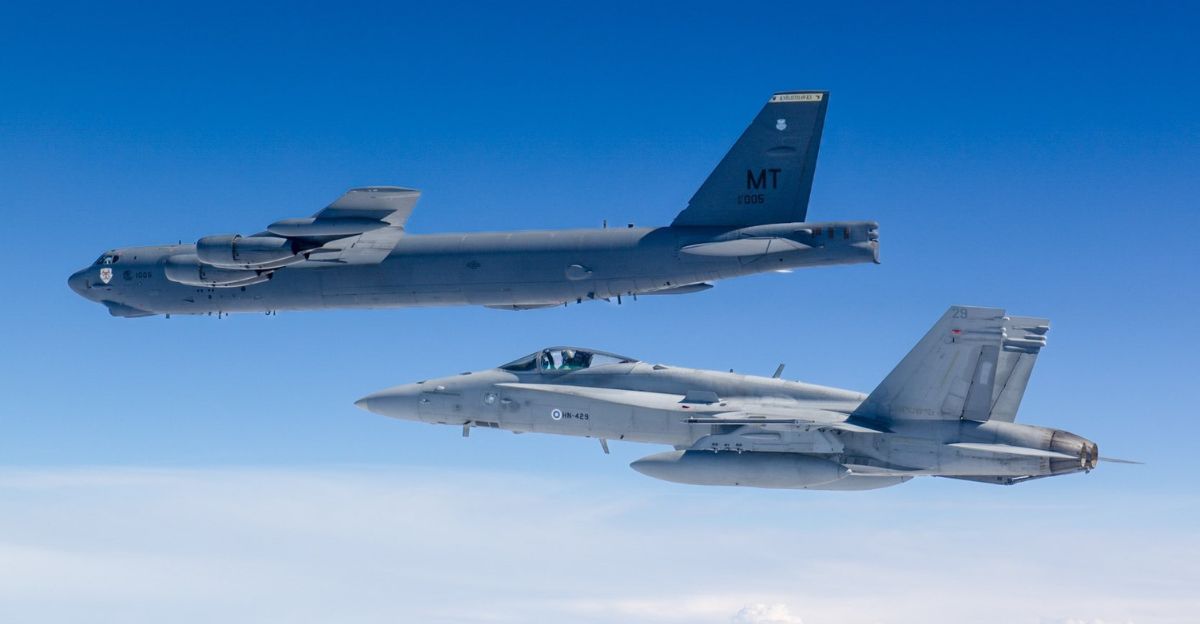
Russian and Chinese aircrews gained experience in long-range navigation, midair communication, and operating in challenging Arctic environments under scrutiny from North American forces.
The exercise allowed both militaries to refine protocols for coordinated patrols, test operational logistics such as refueling and formation flying, and simulate responses to potential threats from advanced Western interceptors.
Political Messaging
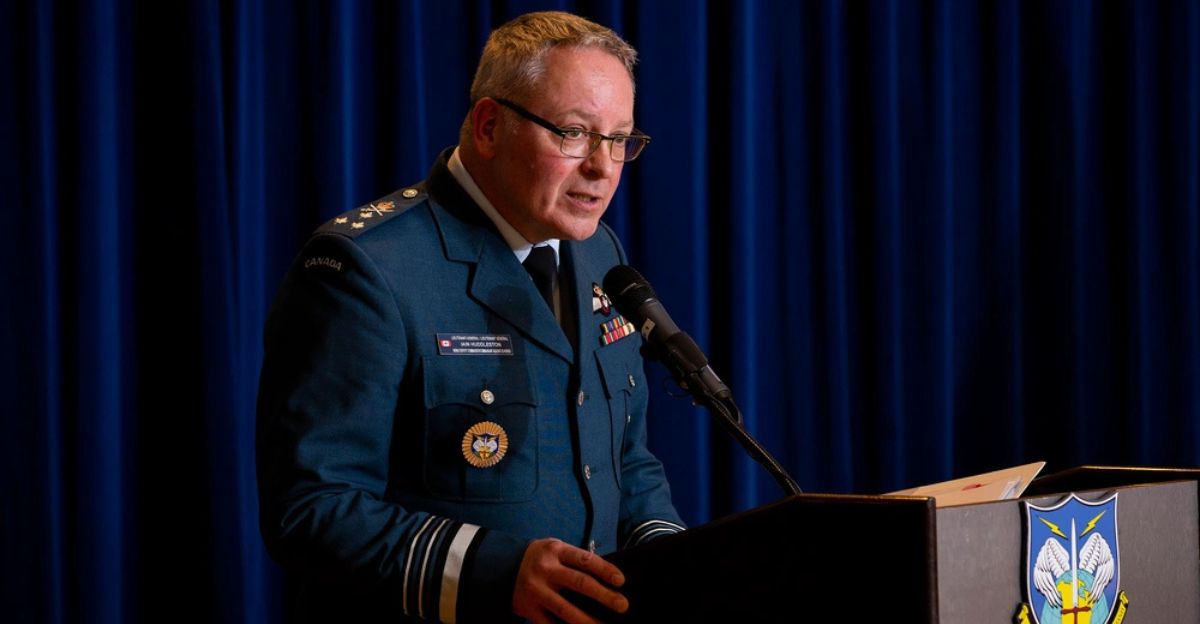
While their close proximity to U.S. territory unmistakably signaled resolve and willingness to escalate tensions, the flights were also intended to broadcast China’s successful integration of nuclear-capable bombers into its strategic triad and to emphasize the strength of its relationship with Russia.
“I thought that Beijing was signaling two things simultaneously,” said Derek Solen, a researcher at the U.S. Air Force’s China Aerospace Studies Institute. “It was signaling that its relationship with Russia was tight and, by using the H-6, sending an indirect message to Washington that it possesses the means and the will to counter what it perceived as Washington’s moves with respect to nuclear sharing.”
First Chinese Bomber Sortie from Foreign Soil
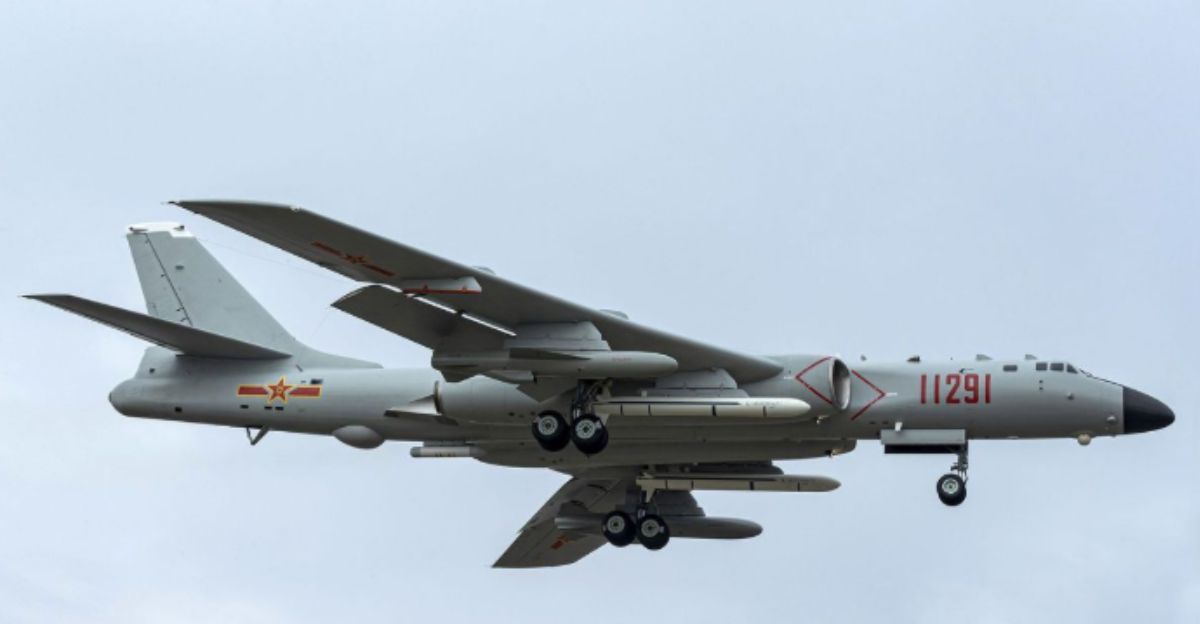
Chinese H-6N bombers reportedly took off from an airbase in Russia before proceeding on their coordinated flight path toward the Alaska ADIZ alongside Russian Tu-95MS bombers. This unprecedented move underscored the depth of Sino-Russian military integration.
“This represented the first time that PLAAF [People’s Liberation Army Air Force] aircraft participating in a combined patrol sortied from a foreign country as well as the first time that PLAAF aircraft approached U.S. territory,” said Derek Solen, a researcher at the U.S. Air Force’s China Aerospace Studies Institute.
China’s Growing Interest in the Arctic

Over recent years, Beijing has intensified its investments in Arctic research, infrastructure, and policy, positioning itself as a “near-Arctic state” with declared interests in energy resources, shipping lanes, and military access.
“Melting Arctic ice caps are opening new shipping lanes and attracting increased interest and activity from both the People’s Republic of China and Russia,” said Kathleen Hicks, the Deputy Secretary of Defense.
Commercial and Military Ties
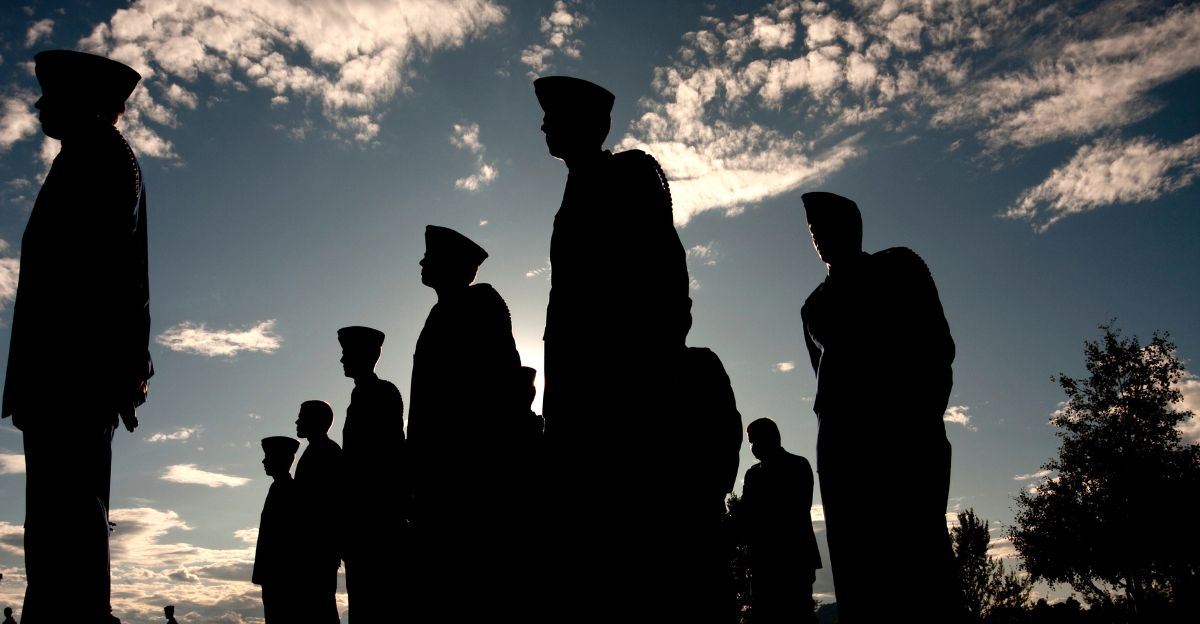
The two countries have aligned economic projects and infrastructure investments, particularly in Eurasia and the Arctic, to support trade expansion, military logistics, and strategic mobility. As China’s leadership in some joint exercises increases, experts note that the commercial infrastructure built under the BRI is increasingly serving dual purposes, by advancing economic influence and preparing the ground for coordinated military activity.
“More troubling, we’ve seen growing cooperation between the PRC and Russia in the Arctic, commercially with the PRC being a major funder of Russian energy exploitation in the Arctic and increasingly militarily with Russia and China conducting joint exercises off the coast of Alaska,” said Hicks.
Alaska on the Front Lines

Many called for accelerated defense upgrades, renewed military infrastructure investments, reactivating key Aleutian Islands bases, and improved surveillance capabilities.
“Alaska continues to be on the frontlines of the authoritarian aggression by the dictators in Russia and China who are increasingly working together,” said Sen. Dan Sullivan. “These kinds of joint Russia and China incursions on the sea and in the air near Alaska will continue.”
China’s Nuclear Triad
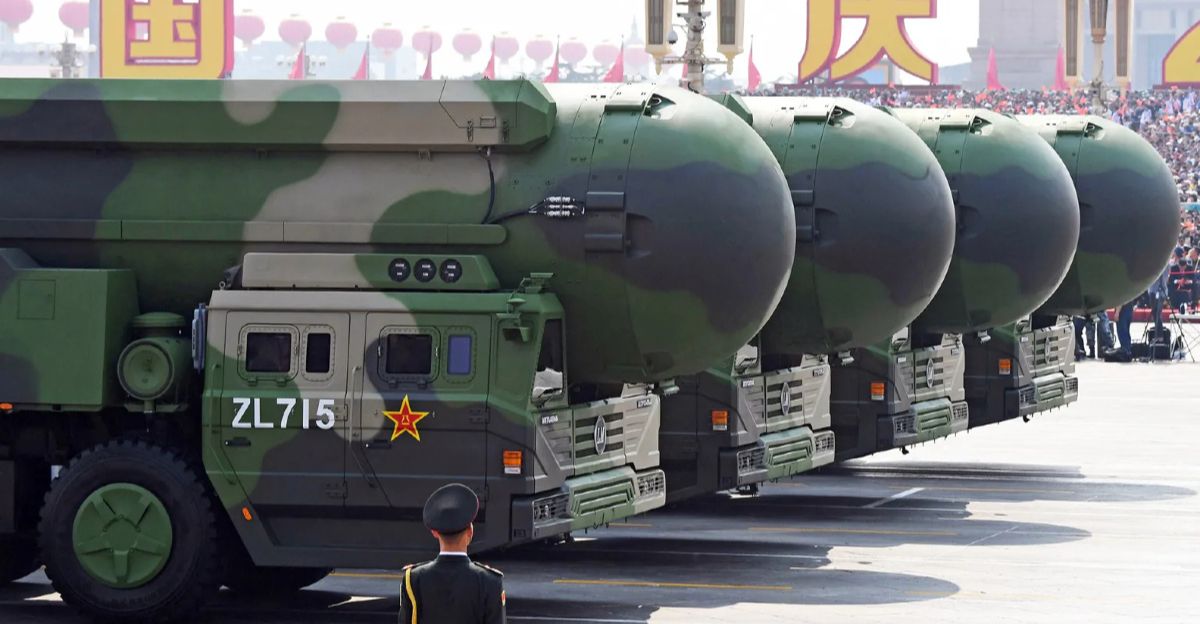
China can now deliver nuclear weapons from land-based intercontinental ballistic missiles, ballistic missile submarines, and air-launched platforms like the H-6N bomber. The ability to launch bombers from foreign soil, conduct lengthy patrols in coordination with Russia, and operate advanced nuclear-capable aircraft far from its territory is a new high for Beijing.
Joint NORAD Operations

As soon as news of the Russian-Chinese bomber patrol near Alaska broke, the swift and seamless cooperation of NORAD, the binational North American Aerospace Defense Command, was exemplified. U.S. and Canadian air forces immediately launched intercept missions to track and shadow the bombers throughout their route in the Alaska Air Defense Identification Zone.
China’s Response
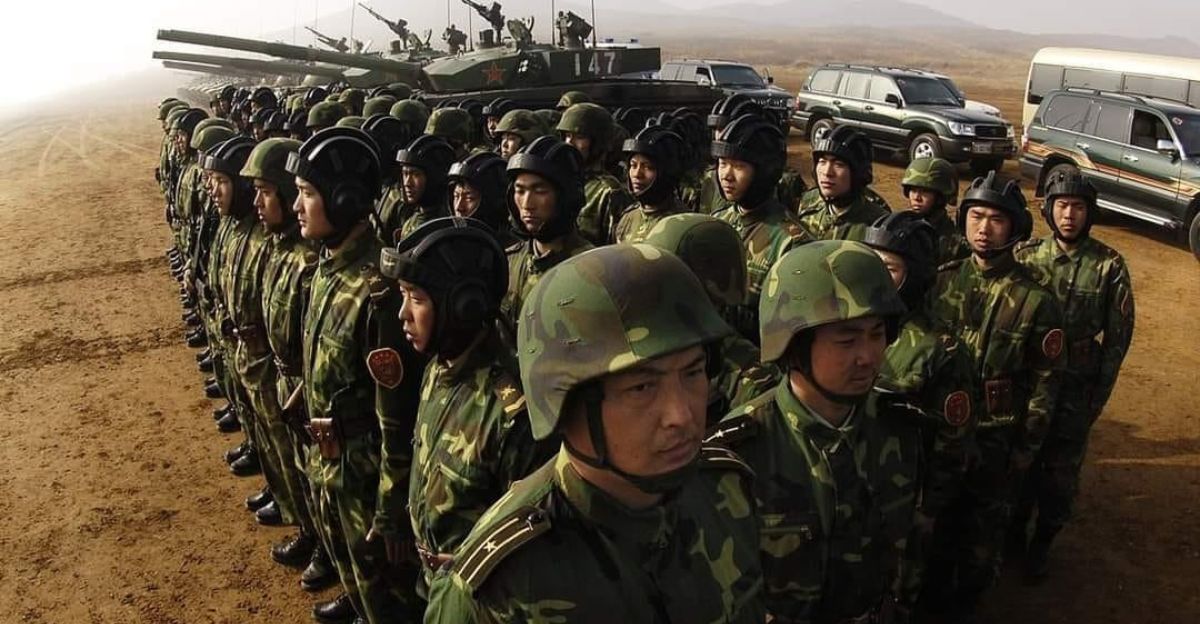
Chinese officials and state media characterized the flights as part of ongoing defense collaboration with Russia, consistent with their annual joint military exercises. By framing the operation as a defensive and technically routine action rather than an escalation, China has signaled its desire to normalize its growing reach.
“This action is not aimed at third parties, it is in line with relevant international laws and international practices and has nothing to do with the current international and regional situation,” said Zhang Xiaogang, a spokesperson for the ministry.
Enhanced Monitoring
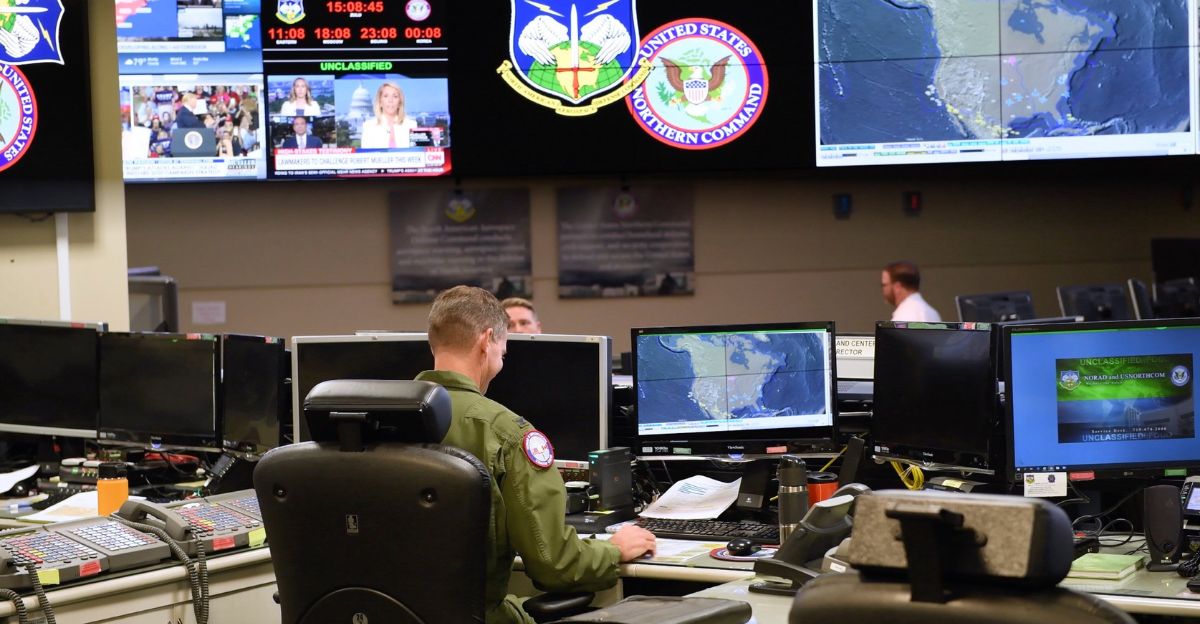
Using fighter jets and advanced surveillance platforms, NORAD implemented round-the-clock detection, tracking, and interception of foreign military aircraft in the Alaska Air Defense Identification Zone. Recent upgrades to sensor networks, command centers, and early warning systems have further bolstered NORAD’s ability to identify, assess, and respond to incursions with minimal delay.
“We’re keeping a watchful eye on how they’re developing their capacity for operating in the region,” Iris Ferguson, deputy assistant Secretary of Defense for Arctic and Global Resilience.
Future Joint Operations
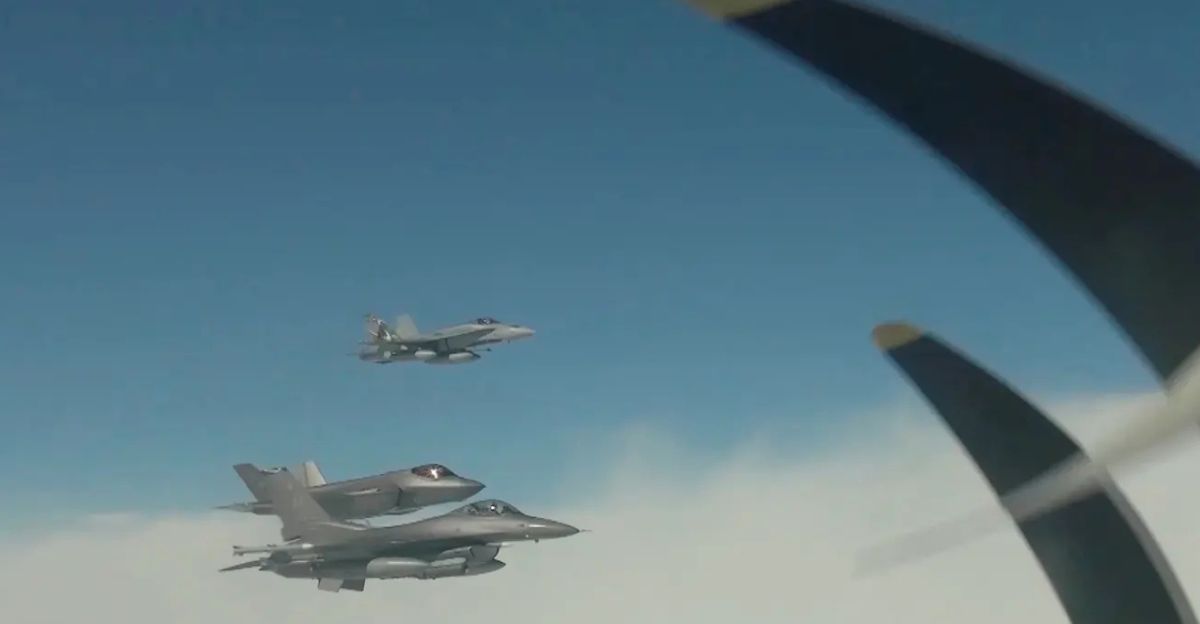
Experts believe this successful mission sets a precedent for more frequent and increasingly sophisticated joint operations between the two powers in the Arctic and Pacific and potentially in other contested regions worldwide. Analysts expect that Russia and China will use this model to test new tactics, share intelligence, and further synchronize their military doctrines, raising the stakes for Western responses.
A New Era of Great Power Competition
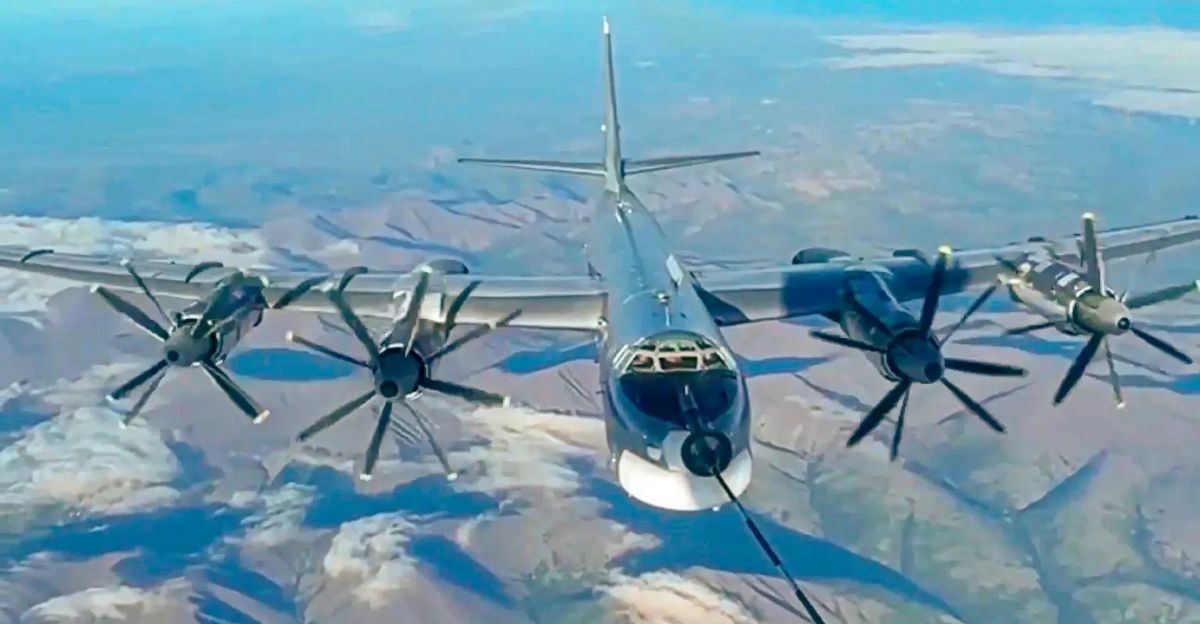
Russia and China’s willingness to conduct high-profile operations together near American territory, using advanced nuclear-capable aircraft and leveraging foreign basing, sharply underscores the waning distances and barriers that once separated rivals.
For the United States and its allies, reviewing and strengthening defense strategies, alliances, and technological capabilities is imperative to keep pace with evolving threats.